From improved inventory management to composting, restaurants can deploy multiple strategies to reduce food waste, says Afterlife Ag cofounder Winson Wong. In practice, however, “the vast majority of this food is still going to landfills,” he says.
New York-based Afterlife Ag (tagline: ‘Don’t let waste go to waste’) originally attempted to tackle this problem through setting up a hyper-local composting network, but gradually changed course, says Wong, who started the company (then known as Peat) in 2021 with Sierra Alea and Ryan Freed.
“Composting is challenging. It requires a lot of space, it’s very manual, and it’s a lot of work. The reality is that if it delivered a really good return, people would be a lot more invested in it.”
The three then pivoted to a more creative solution: using the food scraps they were struggling to compost from restaurants and using them as a substrate to grow gourmet mushrooms that they could then sell back to chefs, creating a circular solution.
‘What we’re trying to figure out is how to make food waste more valuable’
Growing specialty mushrooms on beds of food waste, of course, is not for the faint-hearted acknowledges Wong, one of six grantees to receive funding through the new ReFED Catalytic Grant Fund, an initiative designed to tackle food waste in restaurants.
Indeed, if it were a complete no brainer, he acknowledges, every commercial mushroom grower would be doing it too, given that companies will pay you to take away their waste.
“A lot of investors asked me why doesn’t anyone else do this [use food waste as a substrate in commercial mushroom farming]? Probably because no one’s dumb enough to do it,” he says. “But our goal was not to build a mushroom farm, but to figure out what to do with food waste, so we’re coming at this from a different angle. We’re trying to figure out how to make food waste more valuable.
“We’ve spent a long time experimenting and testing at our mushroom farm and that process is ongoing as different kinds of waste contain different compounds and nutrients and it’s not always consistent, so we have to combine the waste with some wood waste and add some amendments to manage acidity, plus we have to sterilize everything.”
He adds: “It’s taken a while, but we’ve been able to create our own proprietary formula across multiple types of mushrooms and all different types of waste, mostly back-of-house prep waste, lots of fruits and veggies, but it’s pretty fresh because we collect it six days a week.”
‘People that give us their waste love that fact that they’re getting something back’
Afterlife Ag, which is growing its mushrooms on stacked shelves at a facility in Queens, uses an autoclave to sterilize materials, a mixer and grinder to mix the food waste so it’s relatively consistent, and an automated process to inoculate the substrate with liquid mycelium.
According to Wong: “The only thing that we don’t really automate yet is harvesting because we have so many different species. There are companies that are doing that and eventually we’ll work with them, but for now, it’s a little bit early.”
After around four weeks, depending on the mushroom variety, Afterlife Ag delivers the mushrooms back to the restaurants, says Wong. “Our circular model is the reason retention is so high because people that give us their waste love that fact that they’re getting something back.”
The mycelium-rich spent substrate is donated to local farms, parks and gardens, adds Wong, who is currently growing about 1,000lbs of mushrooms a week, with a view to scaling up to around 3,000lbs a week by the end of the summer and 15,000 lbs a week by early next year.
Funding
To date, Afterlife Ag has raised just over $3 million in venture funding and “a few hundred thousand dollars in grants,” says Wong. “I think people are excited that we’re able to use food waste, which is not getting enough attention, so I think we attracted funding because we had a circular business model that could also be adapted to a lot of different places across the country and across the world.
“The other reason is that interest in mushrooms—especially specialty mushrooms—is growing really fast.”
Scaling up
So how scalable is Afterlife Ag’s model?
According to Wong: “Right now, more than 60% of mushrooms [produced in the US] are grown in and around Pennsylvania so there’s room to build more local farms in partnership with local businesses that are generating waste that can be reused and can then buy fresh local produce from us in return.
“Our raw materials are free, our process is pretty automated and the margins for mushrooms are pretty good, so we can be very competitive,” he says. “And the great thing is that restaurants that buy the mushrooms back from us can tell their customers about the circular approach. We could try and sell the mushrooms directly to consumers and tell this story ourselves, but we don’t want to spend our time doing B2C marketing, which takes a lot of resources.”
The business model
As none of the three founders had any experience growing mushrooms, the company has brought in people with expertise along the way, says Wong. “We have people that used to work at [indoor farming company] Bowery, people that have used food waste to feed insects, so that’s helped us a lot. At the end of the day, building a startup is all about finding the right people to work with and people that share the same mission.”
Right now, he says, his focus is all about driving operational efficiency and growing a consistent product on a substrate that is not 100% consistent by its nature: “We also spend a lot of time talking to other waste management companies to make sure every step is as efficient as possible.”
He adds: “But I’m also thinking strategically where do we go from here? What is the right model? We could potentially run a cashflow business and we’ll be fine, but that’s not my goal here, that’s not why we’re doing this. I truly want to have impact from an environmental perspective, so really thinking through what the future business model looks like, is important. And to be perfectly fair, I still don’t know exactly what that is. It’s something I’m still exploring through talking to a lot of people.
“But as the farm continues to grow, it’ll give me more opportunity to meet larger partners and for us to see if we can build something together across the country. I think that’s really important and the next step of what I’m trying to achieve. So I’m very focused on building relationships with hospitality companies, waste management companies, other farmers, and local government.”
‘When you’re dealing with living organisms, things can still go wrong once in a while’
As for what has kept him awake at night over the past couple of years, he says, “There were days, especially early on, where certain mushrooms just weren’t growing and we didn’t know why and it felt terrible to have to tell a client that you can’t deliver something you have promised.
“But now we have much more control. We understand the variables that can impact growth and we track everything. But at the end of the day when you’re dealing with living organisms, things can still go wrong once in a while.”
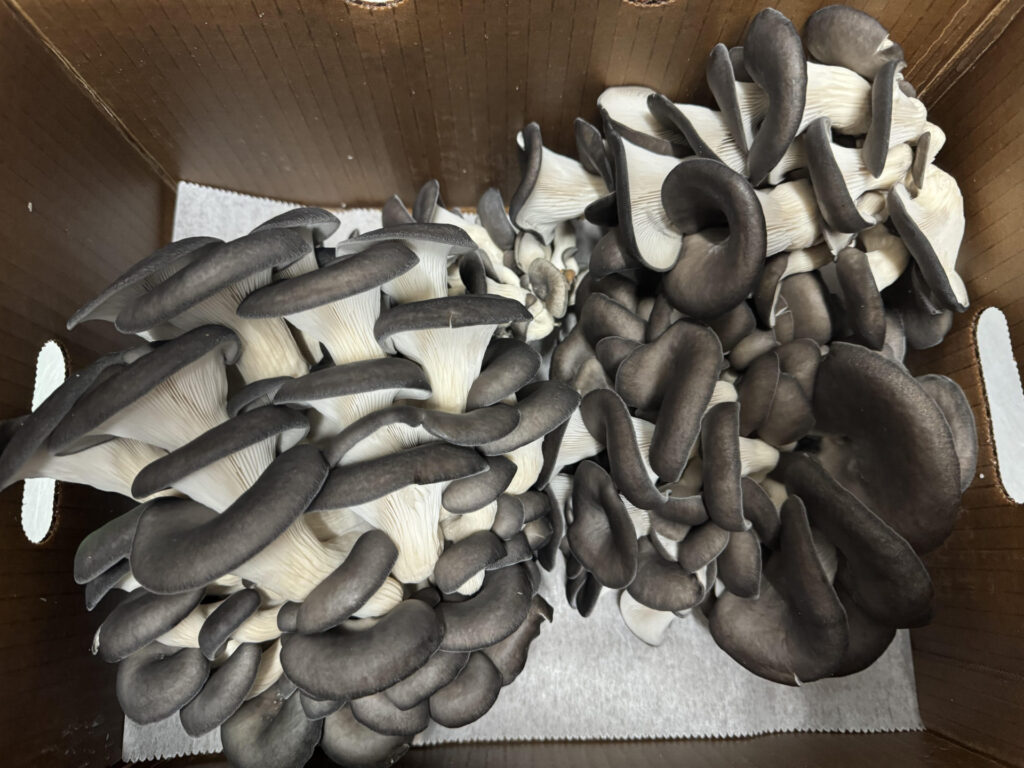
The latest cohort of grantees to receive funding through the ReFED Catalytic Grant Fund include:
- Afterlife Ag: Offering a circular solution enabling restaurants to divert food waste from landfills and buy mushrooms grown from the otherwise wasted food.
- Center for EcoTechnology (CET): Offering technical assistance to food businesses on food waste reduction, recovery, and recycling.
- ConnectedFresh Company: Using sensors and AI to help restaurants with inventory management and waste tracking.
- Food Rescue US: Making food donation easier for restaurants via an app.
- Green Dining Alliance: Helping restaurants implement and track food waste reduction strategies.
- Prism: Developing a storage system designed for restaurants that uses controlled atmosphere to extend the lifespan of fresh produce.




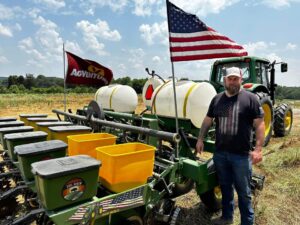

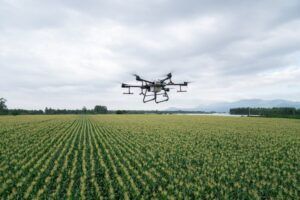







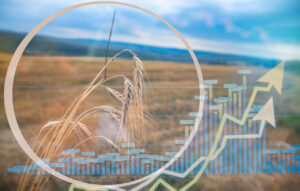
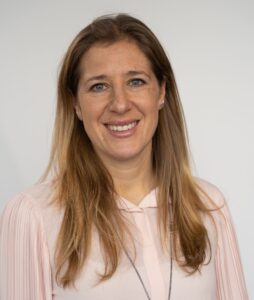
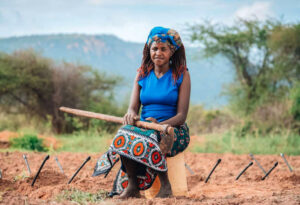

Sponsored
Farmers ‘ready and willing to try’ biological crop solutions. Only ‘strong business models’ need apply